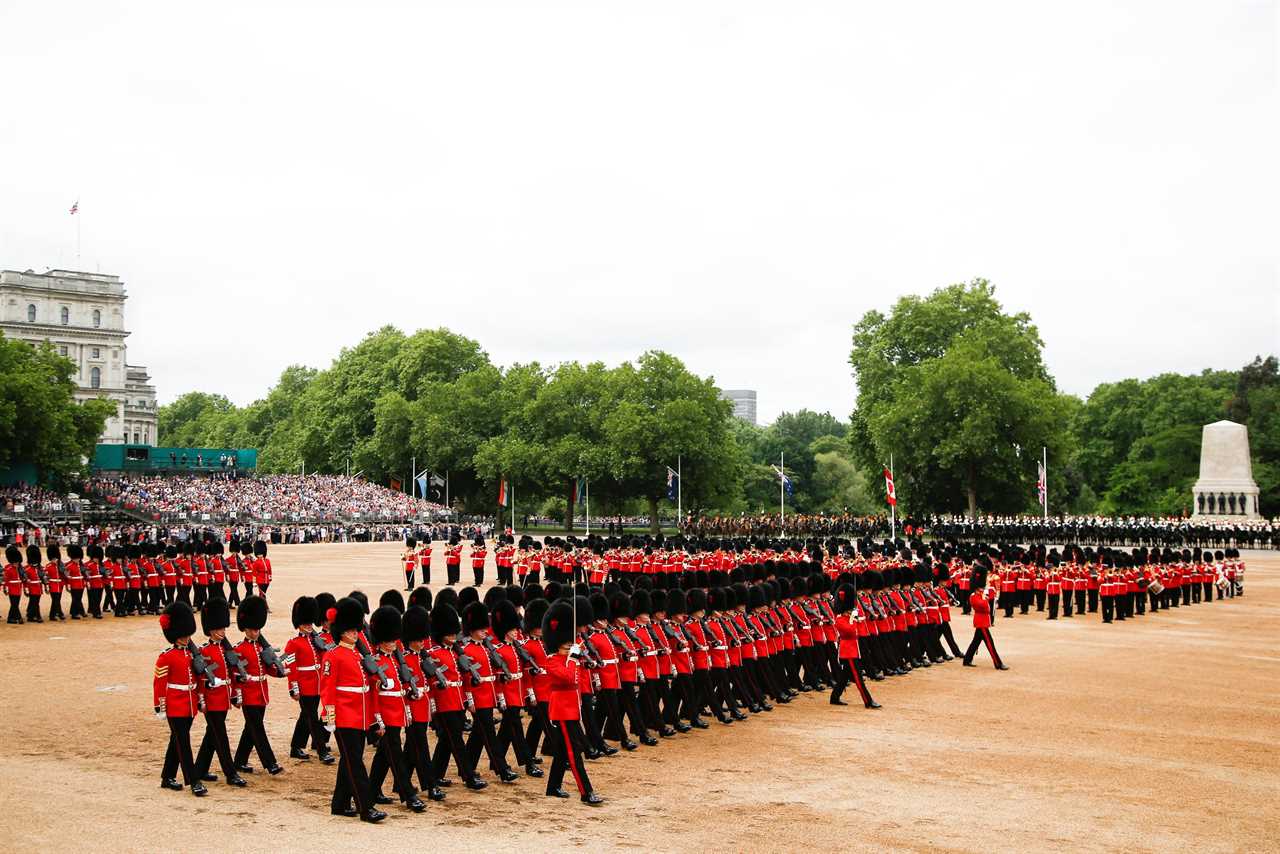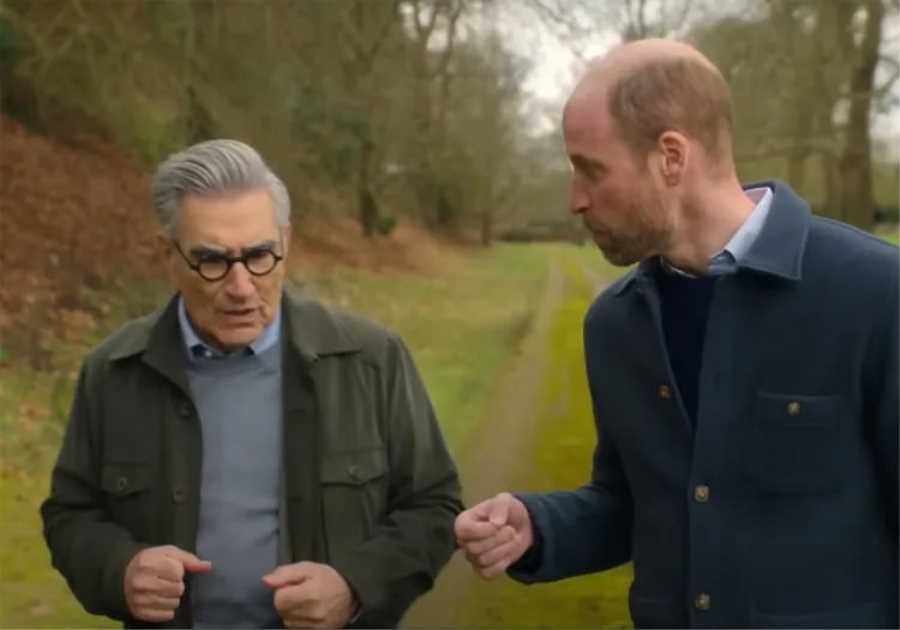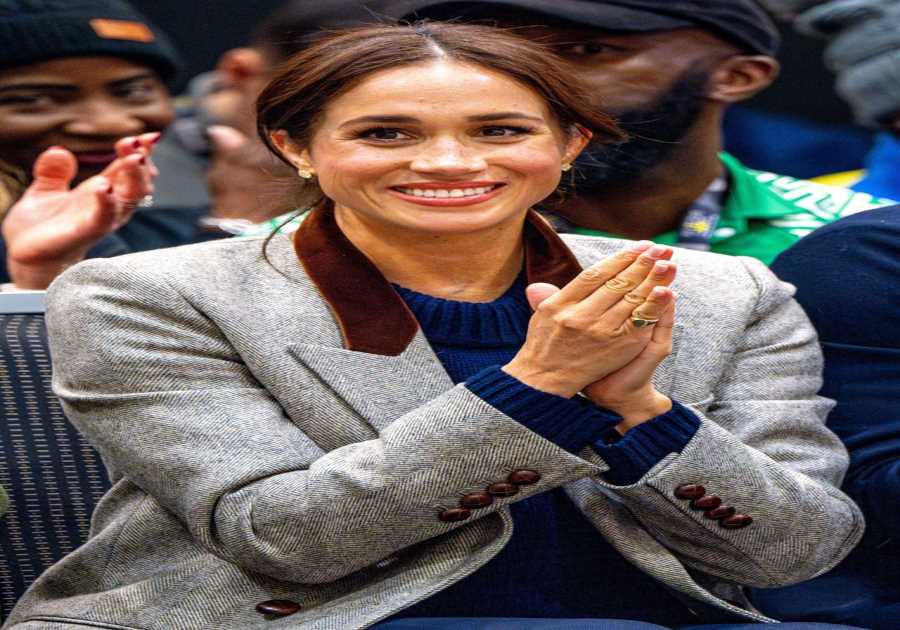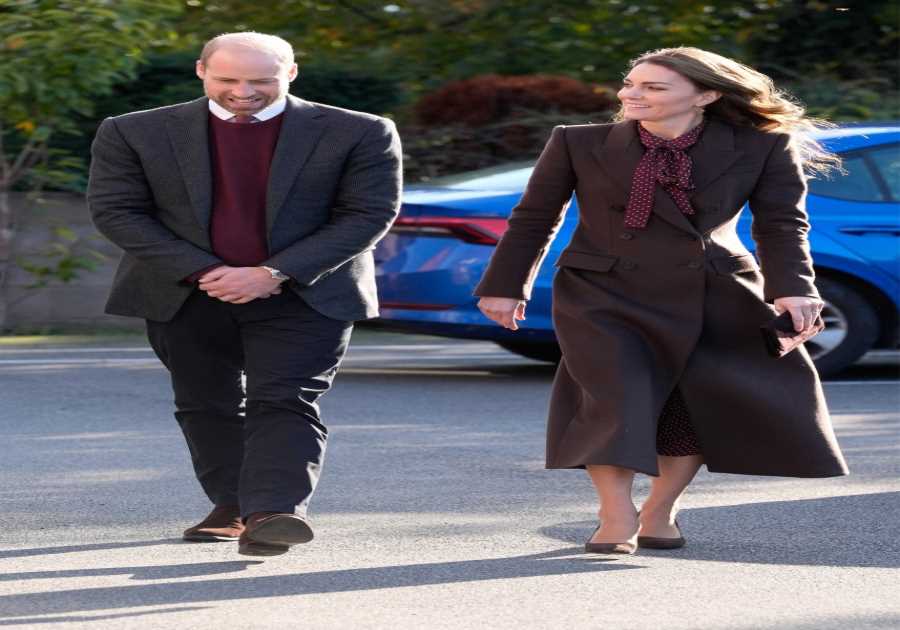Horse Guards Parade hosts Trooping the Colour, an event that celebrates the Queen’s official birthday.
But where is it and why is the Trooping of the Colour held there? Here’s all you need to know.

What happens at the Horse Guards Parade
The Horse Guards Parade is a ceremonial parade ground and one of the largest open spaces in London which is used for both royal parades and ceremonies.
It is situated just off Whitehall, in Central London, and is conveniently located between Horse Guards Road, St. James’s Park, the Old Admiralty, and 10 Downing Street.
The site is used for special events like Trooping the Colour, the Beating Retreat and the Changing the Queen‘s Life Guard ceremony – not to be confused with the Changing the Guard ceremony at Buckingham Palace.
The building is also the formal entrance to St. James’s Palace and Buckingham Palace, as well as the headquarters for the Household Cavalry Mounted Regiment.
The area has been used for countless significant events in London’s history since the 17th century.
Its parade ground was originally built by Henry VIII to be used as a jousting tournament courtyard, and later it was used for various parades and ceremonies, as well as the venue for the birthday celebrations of Queen Elizabeth I.
The building is constantly being guarded by troopers of the Household Cavalry, and the Life Guards have stood at the official entrance to St. James’ Palace and Buckingham Palace since the restoration of King Charles II in 1660.
It is a popular destination in London for both tourists and locals alike.
Why is Trooping the Colour held there?
In terms of practicality, the ceremony is held there because it’s a massive space large enough to accommodate all the soldiers and spectators.
Horse Guards Parade was formerly the site of the Palace of Whitehall’s tiltyard, where tournaments like jousting were held in the time of Henry VIII.
The site was also the scene of annual celebrations of the birthday of Queen Elizabeth I.
The area has been used for a variety of reviews, parades and other ceremonies since the 17th century and was once the Headquarters of the British Army.
The Duke of Wellington was based in Horse Guards when he was Commander-in-Chief of the British Army, and the current General Officer Commanding London District still occupies the same office and uses the same desk.
The site has also been used as a sporting venue – most notably during the London 2012 Olympic games when it hosted the beach volleyball.
Where is the Horse Guards Parade held?
Confusingly, Parade is the name of the place, rather than an event itself.
Though parades and ceremonies are held there, like Trooping the Colour and the Changing of the Guard.
Parade can also mean a promenade or public square, as well as a public procession.
Can you walk through the Horse Guards Parade?
Normally, Horse Guards Parade is accessible to the public from Whitehall, and can be reached by passing under the arches of the Horse Guards.
However, the Arch which leads out to Whitehall belongs to the military and will be closed at certain times to ensure the security of the barracks.
The Parade is also closed for state, commemorative, ceremonial and sporting events.
What buildings surround it?
The parade ground is open on the west side, where it faces Horse Guards Road and St James’s Park.
It is enclosed to the north by the Admiralty Citadel and the Admiralty Extension building.
To the east it is enclosed by Admiralty House, William Kent’s Horse Guards (formerly the headquarters of the British Army) and the rear of Dover House (home of the Scotland Office).
To the south, it is enclosed by Kent’s Treasury building (now used by the Cabinet Office) and the rear garden wall of 10 Downing Street.
Access to the south side of Horse Guards Parade is now restricted for security reasons.






